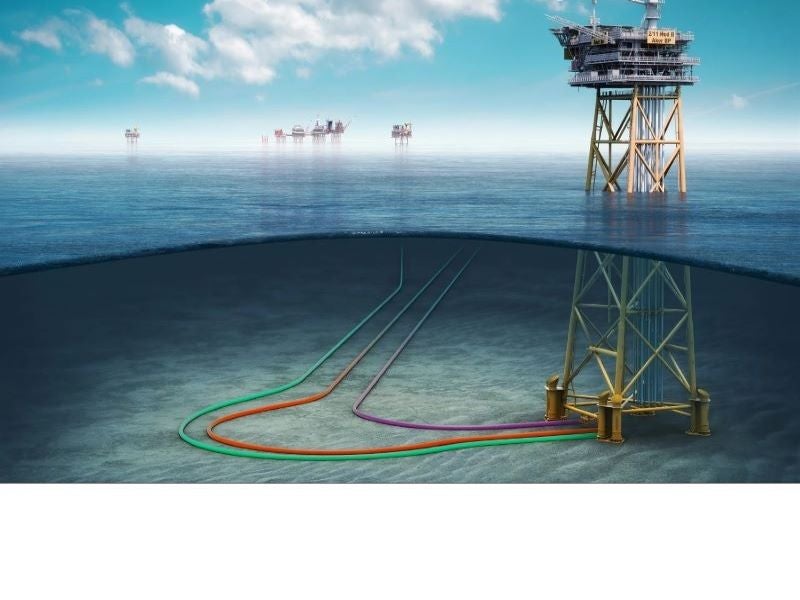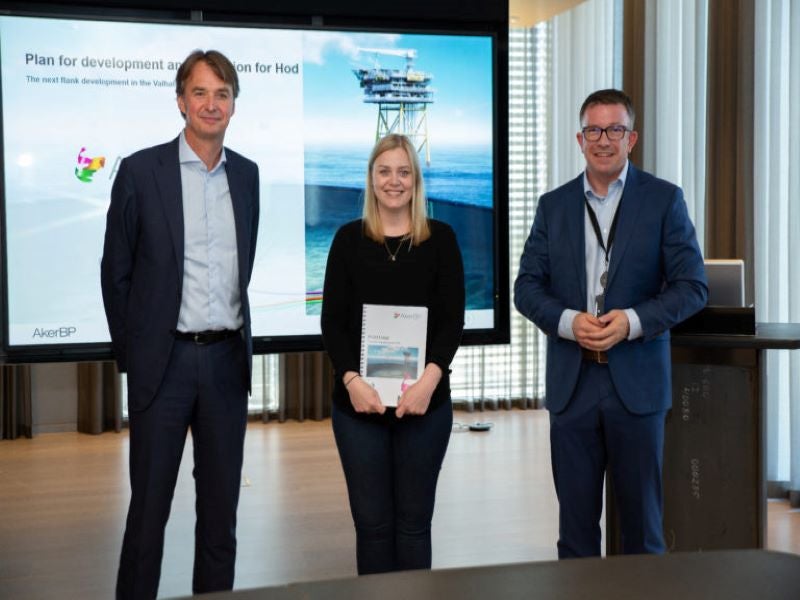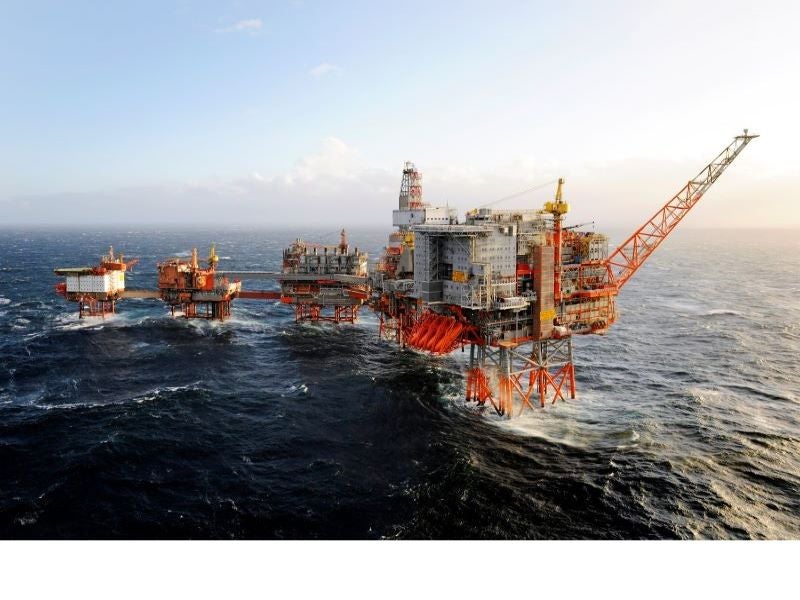The Hod field redevelopment project, located in the North Sea, Norway, is expected to start operations in 2022.
Aker BP is the project operator that holds a 90% stake in the field, while the remaining 10% stake is held by Pandion Energy.
The project development partners submitted the plan for development and operation (PDO) of the Hod field to the Norway’s Ministry of Petroleum and Energy in June 2020 and received approval for the same in December 2020.
The total investment on the project is estimated to be approximately £480m (NOK5.7bn) and the first oil from the new development is expected in the first quarter of 2022.
The Hod field is expected to remain in production until 2049. The offshore field development will be similar to the Valhall Flank West development which has been operating since December 2019.
Location and reservoir details
The Hod field is located approximately 13km south of Aker BP-operated Valhall field, in the southern part of the North Sea in Norway. The water depth in the field area is approximately 72m.
The Hod field’s reservoirs comprise the Upper Cretaceous Tor and Hod Formations, as well as the lower Paleocene Ekofisk Formation. The depth of the reservoir is approximately 2,700m.
The recoverable reserves in the Hod field are estimated to be approximately 40 million barrels of oil equivalent (Mboe).
Hod field history
Discovered in 1974, the Hod field had been in operation from 1990 to 2013. The field produced from an unmanned platform, the first platform of that type on the Norwegian continental shelf. The ageing platform will be decommissioned after plugging the wells.
Hod field redevelopment plan
The Hod field redevelopment plan involves a normally unmanned wellhead platform, Hod B, with 12 well slots. The initial development will include five wells with side tracks.
The Hod B platform will be tied back to the nearby Valhall central complex. It will also receive electricity and remotely controlled from Valhall.
The well stream will be pumped from the Hod B platform through pipelines to Valhall for further processing. The Valhall platform will undergo minor modifications to handle well stream from the Hod field.
The oil and gas produced in the Valhall area are exported though pipelines to terminals in Teeside, United Kingdom and Emden, Germany, respectively.
Contracts awarded
Kvaerner bagged a contract worth approximately £85m (NOK1bn) to deliver the topside and steel substructure for the normally unmanned wellhead platform at the Hod field redevelopment in June 2020.
The contract scope includes the design, procurement, fabrication, preparation for sea transport, as well as the hook-up and assistance services for the field development. The steel jacket and top side are expected to be delivered in 2021.
Subsea 7 received an engineering, procurement, construction and installation (EPCI) contract for the rigid pipelines, umbilicals and tie-ins for the Hod field development in June 2020.
The pipeline will have a pipe-in-pipe design and will be mechanically lined incorporating the GluBi® technology developed by Butting.
The pipelines will be fabricated at Subsea 7’s spoolbase facility at Vigra, Norway, while the offshore operations are scheduled for 2020 and 2021.
PG Flow Solutions was awarded a contract to supply the pump systems for the normally unmanned wellhead platform for the Hod field redevelopment in June 2020.
The scope of the contract includes the supply of a pressure equalising pump, freshwater pump, freshwater pressure pump, diesel transfer pump, and the hazardous open drain pump.
Leirvik will supply the emergency quarters and helideck for the project, while National Oilwell Varco (NOV) will fabricate the platform crane.
Parker Hannifin received a contract to supply the hoses and couplings, while Covent will deliver an air treatment facility.
Aker Solutions will supply the umbilicals and steel components for the deck.





